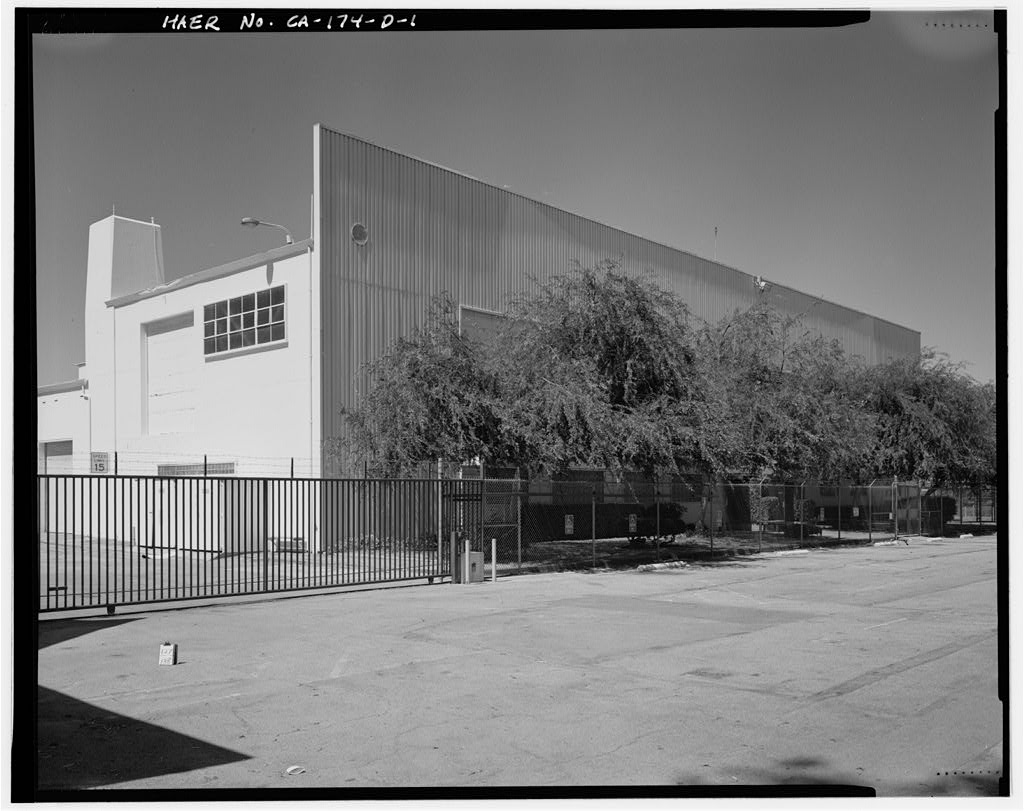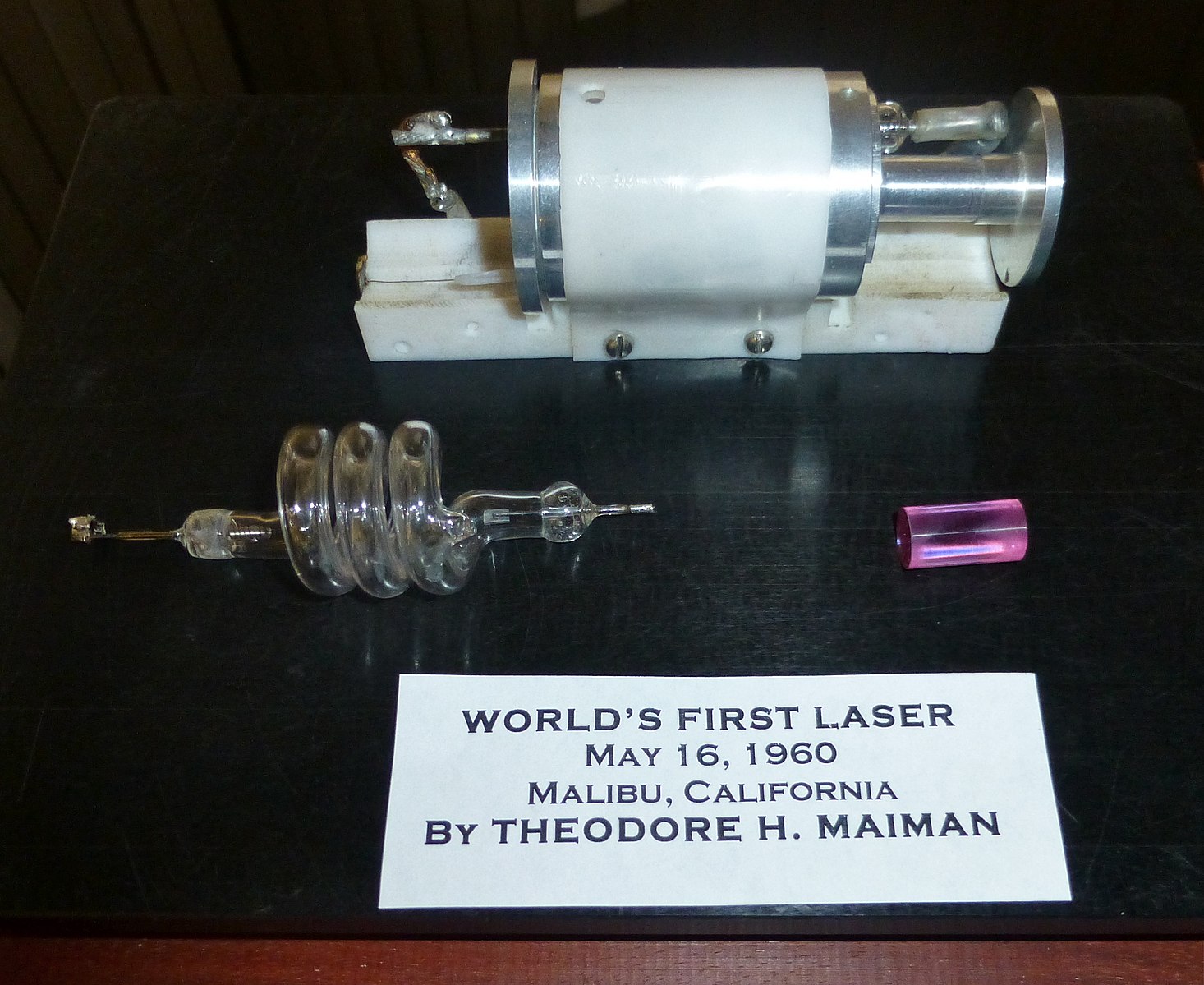
On May 16, 1960, a newly constructed scientific laboratory on a hillside above the Pacific Ocean sees the first test of a scientific device that will allow scientists to gain a deeper understanding of our planet, change the way weapons of war are aimed, capture the imaginations of science fiction fans, and provide fodder for endless hours of cat videos on YouTube.
Less than a year after opening on a bluff above Malibu, the Hughes Research Laboratories is where Theodore H. Maiman constructs a device that channels light from a strobe-like light source through a synthetic crystal.
The result: A red laser beam.
In 1964, the pilot episode of a new science fiction television show called “Star Trek” features characters carrying handheld laser weapons. (They’re renamed “phasers” in later episodes.) Four years later, lasers get their first wartime use in Vietnam as the U.S. Air Force begins arming its F-4 Phantom II fighter bombers with laser-guided bombs.

By the end of the 1960s, lasers have become such a critical part of science that Apollo 11’s Neil Armstrong and Buzz Aldrin, the first men to walk on the moon, install a panel of reflectors on the lunar surface carefully designed to reflect light back to locations on Earth.
The retro-reflector array allows scientists to aim lasers at the moon and, by measuring how long it takes the light to return, determine the distance to the Moon with millimeter precision. One surprising discovery is that the distance between the Moon and Earth is growing!
TOP PHOTO: First laser. Wikicommons media.
